Why It Is Worth Installing a Gas Fireplace in Maryland
Call Us at 877-959-3534 for Chimney Service
We have a lot of queries about why it is worth installing a gas fireplace and the particular reason to have one in your home.
As winter is arriving soon in Gaithersburg, MD, it is the right time to have a fully-functional gas fireplace. Or, if you already have it, contact your nearby service provider for your gas fireplace cleaning and repair.
However, in recent times, ventless natural gas fireplaces have been considered an elegant yet eco-friendly option, even though they are efficient and timeless for lasting joy in the home. There are plenty of other benefits of having a ventless gas fireplace; you’ll get instant heat, specific control, excellent safety, and many more.
There are plenty of reasons to have gas fireplaces in your home — if you want to discover how and why it is worth installing a gas fireplace.
If you are looking for an ideal regency fireplace, let us know, and we will provide you with the best fit for your home. Along with installation, we will provide you with gas fireplace servicing that includes; inspection, cleaning, sweeping, and fixing.
To get trustworthy services, schedule your appointment today, and let us take care of everything from the initial consultation to the final cleaning step.
However, if you are searching for gas fireplace experts near me, then you are in the right place; contact High’s Chimney. We are covering the vast areas of Maryland like; Fulton, Poolesville, Glenwood, Travilah, Rockville, Cloverly, Potomac, Gaithersburg, and many others.
Moving ahead, let’s discover in this blog why it is essential to have natural gas ventless fireplaces for your house or workplace.
Benefits of Gas & Ventless Fireplaces
The question raised here is why individuals prefer the new style of gas or ventless fireplaces compared to traditional wood fireplaces. These models have plenty of benefits; for example, they are great for reducing your carbon footprint since they don’t produce any emissions. They’re also great for energy efficiency, as they use less energy to heat up than traditional fireplaces.
As we mentioned above, gas fireplaces are an environment-friendly and efficient way to heat your home. It has a wood-burning stove that uses natural fuels like wood or coal, and they are perfect for you.
Call Us at 877-959-3534 for Chimney Service
Gas and Ventless fireplaces are even easy to manage yet pocket-friendly compared to traditional ones. If you want to know more about gas, ventless, or regency fireplace prices, then book your appointment with consultants from High’s Chimney.
Now read out the reasons why it is worth having a Gas Fireplace.
7 Reasons Why You Should Install a Gas Fireplace
Determining why and how inserting a gas fireplace is best for you is essential.
1. Cozy and Attractive
Unlike a wood-burning fireplace, gas ventless fireplaces provide more coziness, comfort, and attractiveness. It gives peace of mind and relaxation from many things.
- All the gas flames are in a direct vent, and they are behind a glass barrier.
- The glass barrier is responsible for the generous radiant heat produced.
- It is more protective because of the screen barrier, keeping your young children and pets safe from getting hurt.
- Easy and standard control for starting and stopping the fire at any time of the day.
2. Easier to maintain
Gas Fireplace is easy to maintain and clean on your own, but we recommend letting the experts take care of it because they might hurt you.
They are easy to maintain because they don’t produce the sparks or ashes like a wood-burning fireplace. Therefore, it takes significantly less time to clean. In comparison to wood-burning fireplaces, electric fireplaces are much easier to maintain.
However, it’s highly recommended to have an annual inspection by a certified company High’s Chimney, whether it’s for all fireplaces and chimneys, wood or gas burning.
Maintenance and cleaning are essential things because of their long-lasting benefits.
3. Efficient for Heating
Yes, this is an efficient heater for heating and provides a consistent heat supply. The gas fireplaces offer a cosy yet comfortable environment for you, and even you can feel the warmth inside out.
4. Almost No Creosote
Gas fireplace repair is easier to handle and less expensive than the old-fashioned fireplace. In the new-style gas fireplace with protective glass, you’ll notice the absence of creosote build-up because of less use of wood or coal.
However, there are still minimal carbon residues that can clean very quickly and should be done every 1 or 2 years. But if you find it challenging to manage, drop your query to a gas fireplace sweeping and cleaning service provider near you.
5. No Chimney
If you live in a modern home, a gas fireplace installation is a great option. You won’t have to worry about a chimney repair every year before winter, which will be a huge advantage.
Additionally, gas fireplaces are great for enjoying the cosiness as they generate a lot of heat.
6. Saving Energy & Money
Gas fireplaces produce fewer emissions because the energy source is more environmentally friendly and provides long-lasting warmness. Our customers are saving a lot of energy and money.
In comparison, if we studied wood-burning fireplace models, they are inadequate while heating because of poorly protected, and even the cool air will keep entering from the chimney. And sometimes, the smoke and heat can create a wind drift or stack effect.
7. Less Expensive
That’s correct – a gas fireplace installation is cheaper than a traditional wood-burning fireplace. And as we discussed, gas fireplaces are suitable for saving energy and money. Having a modern gas fireplace in your home is worth it for investment purposes.
Looking for How to Install a Gas Fireplace?
Suppose you plan to add a ventless fireplace to an existing home or a new one.
Call Us at 877-959-3534 for Chimney Service
The post Why It Is Worth Installing a Gas Fireplace in Maryland appeared first on Highs Chimney.
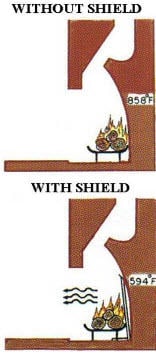
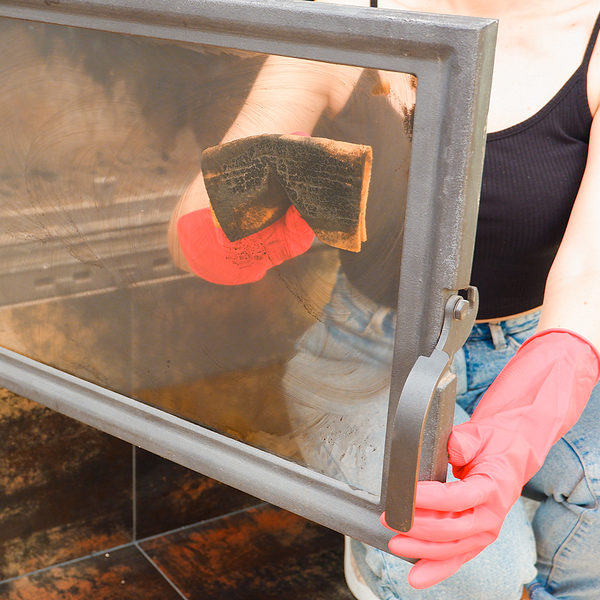 1. Clean the fireplace.
1. Clean the fireplace.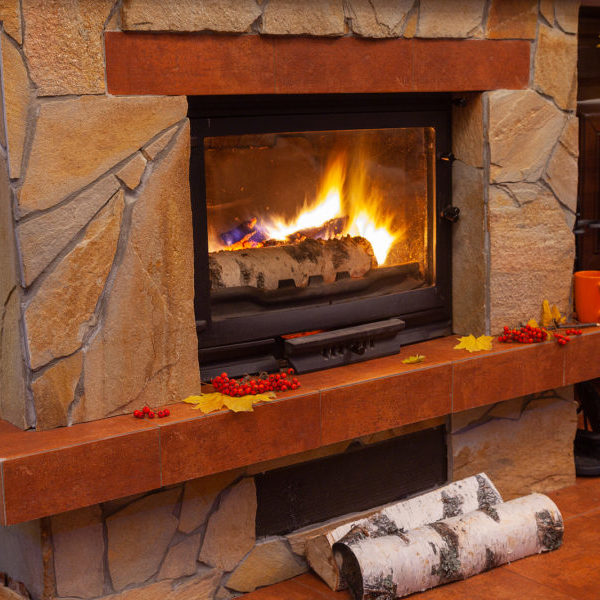 4. Arrange your newspaper, kindling, and logs.
4. Arrange your newspaper, kindling, and logs.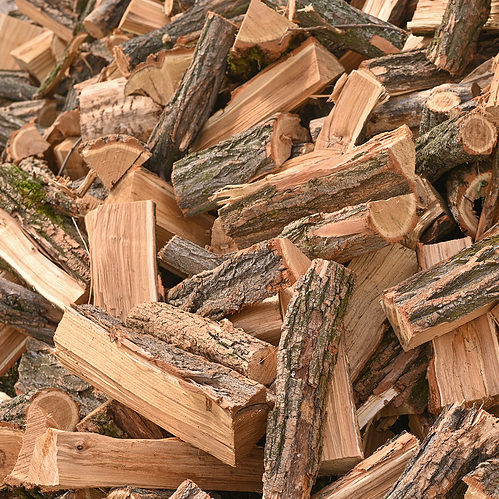 Remove the Ashes
Remove the Ashes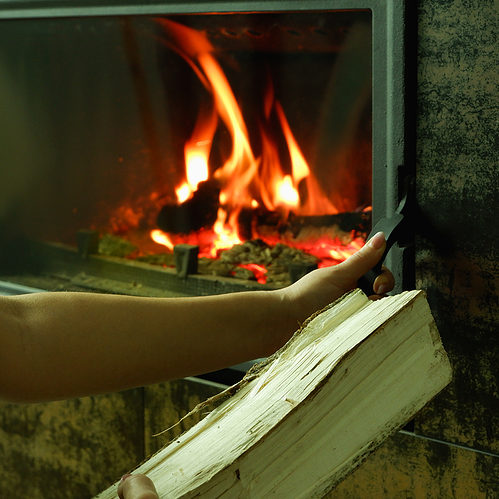
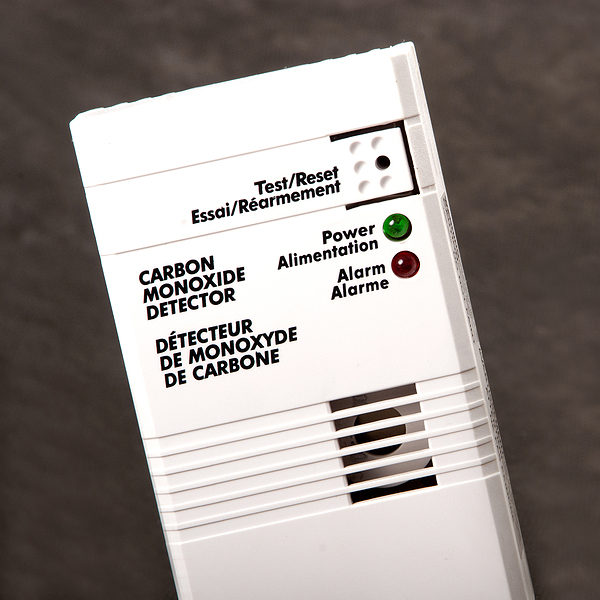 Check the Smoke Alarm & Carbon Monoxide Detector Batteries
Check the Smoke Alarm & Carbon Monoxide Detector Batteries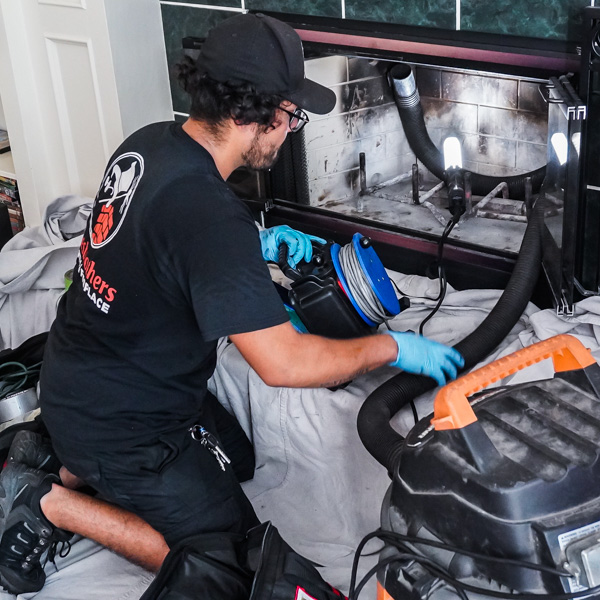 Schedule an Inspection
Schedule an Inspection

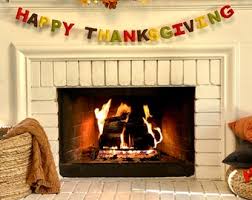 As we enter the holiday season, we want to express our gratitude for you and wish you a blessed Thanksgiving and an abundance of great health and joy.
As we enter the holiday season, we want to express our gratitude for you and wish you a blessed Thanksgiving and an abundance of great health and joy.